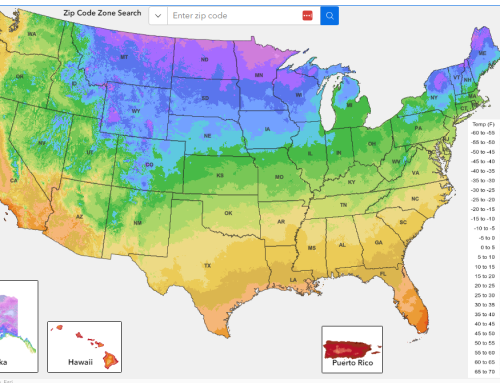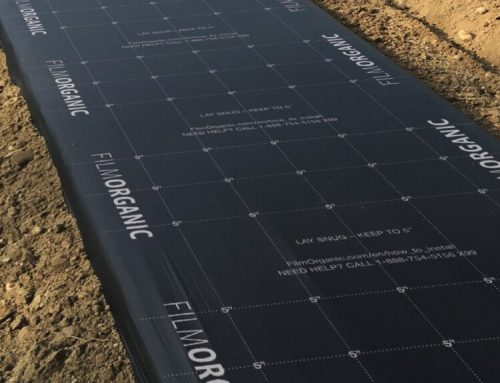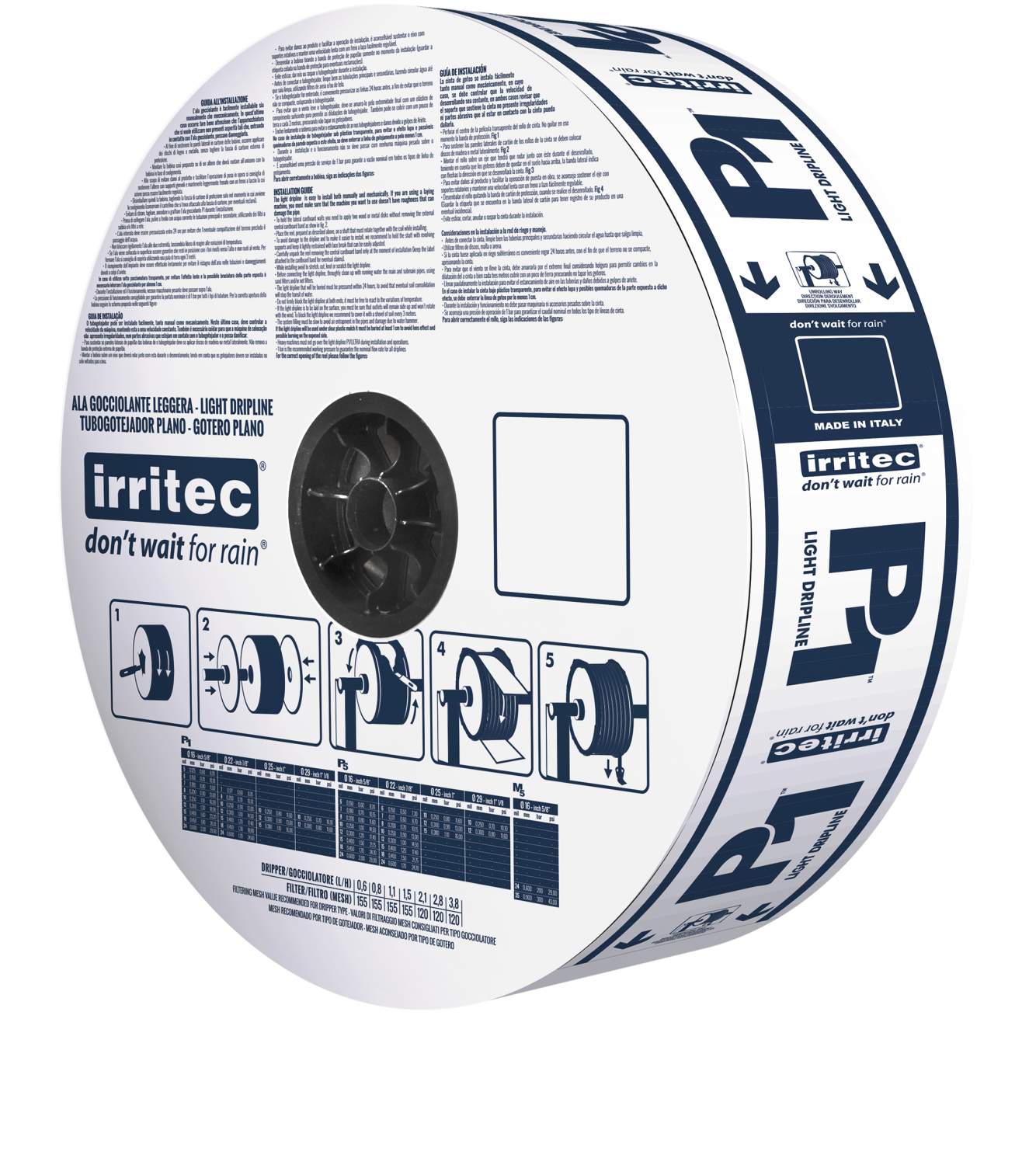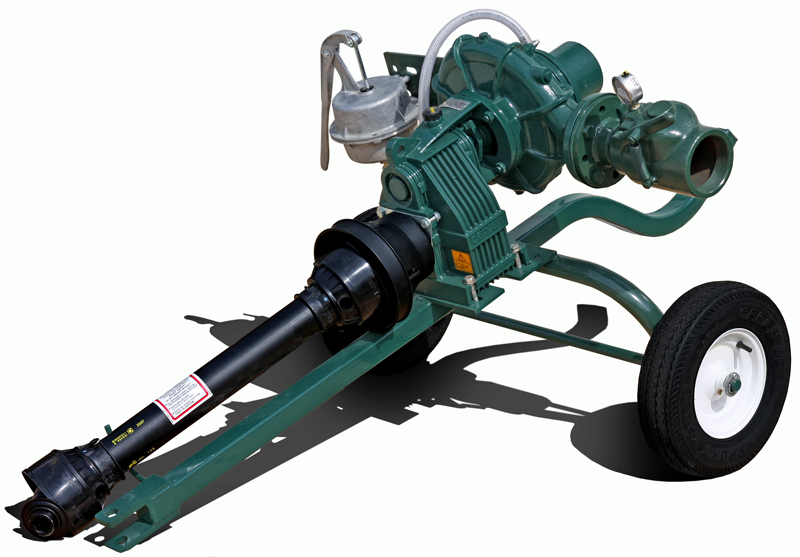In agricultural practices, both drag hose and mainline hose are used for irrigation purposes, but they serve different functions and have distinct characteristics. Let’s explore the key differences between the two:
- Application and Usage:
- Drag Hose: Drag hoses are primarily used for on-site irrigation applications. They are designed to be laid out on the ground and dragged from one location to another. These hoses are often used in situations where the irrigation area is constantly changing, such as in pivot or traveler irrigation systems.
- Mainline Hose: Mainline hoses, on the other hand, serve as the main water supply lines in an irrigation system. They are typically larger in diameter and are buried underground or laid out on the surface in a more permanent manner. Mainline hoses are responsible for transporting water from its source (e.g., well, pump, reservoir) to various distribution points throughout the agricultural field.
- Mobility and Flexibility:
- Drag Hose: Drag hoses are designed to be highly flexible and easy to move around the field. They can be rolled up and transported from one area to another as needed. Their mobility makes them suitable for shifting irrigation requirements.
- Mainline Hose: Mainline hoses are less flexible and more rigid compared to drag hoses. Once they are installed and connected to the water source, they remain in place for an extended period. Their purpose is to efficiently and consistently deliver water to the various irrigation components, such as sprinklers or drip lines.
- Size and Water Capacity:
- Drag Hose: Drag hoses are typically smaller in diameter and have a lower water-carrying capacity compared to mainline hoses. They are more suitable for localized irrigation and may not be able to supply water to large areas without frequent relocation.
- Mainline Hose: Mainline hoses are larger in diameter and have a higher water-carrying capacity, allowing them to deliver water over longer distances and to cover larger areas without significant pressure loss.
- Durability:
- Drag Hose: Drag hoses are designed to be durable and resistant to wear and tear, as they are frequently moved around the field and subjected to various ground conditions.
- Mainline Hose: Mainline hoses are also durable, but they are often buried underground, providing them with added protection from potential damage caused by external elements.
In summary, drag hoses are more mobile, smaller, and used for on-site irrigation, whereas mainline hoses are less flexible, larger, and serve as the primary water supply lines in agricultural irrigation systems. The choice between the two depends on the specific irrigation needs and the layout of the agricultural field.
To learn more about hoses used in agriculture, read:
10 Tips For Selecting Mainline Hose for Manure Distribution
Why We Sell Mandal Hoes
10 Items To Look For When Buying Air Hose For Your Farm
Questions? Call us at 517-458-9741 or email us at info@triplekirrigation.com.






